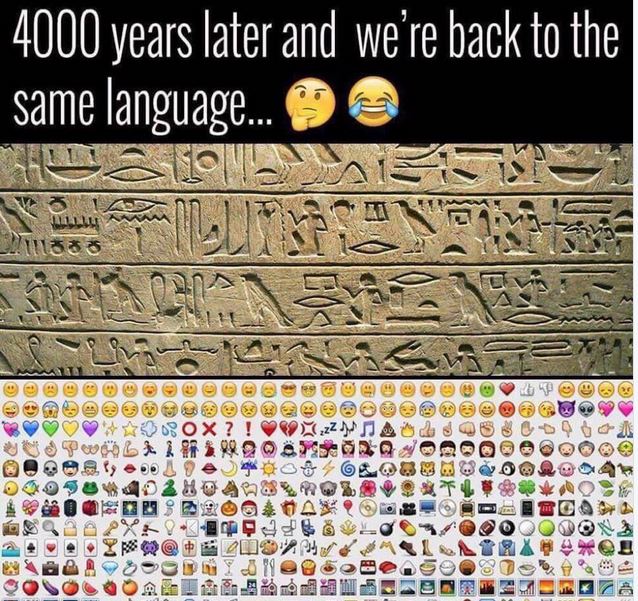The first beekeeping teacher in the Habsburg Empire (German: Habsburgermonarchie) was of Slovenian origin: Anton Janša (1734—1773). He was a pioneer of modern apiculture in Central Europe. When the Empress Maria Theresia founded the beekeeping school (Oekonomie-Gesellschaft) in Augarten (Wienna) in 1769, she soon appointed Anton Janša as the first teacher of apiculture. He learnt the art of beekeeping from his ancestors, as Carniola was known by good yield of honey and special Carniolan bees, the meekest animals among bees. His natural intelligence made him a good zoologist and an expert, whose knowledge the Empress ordered to share after his death in all schools of the empire. His methods and hives are still used today all over the world. Since 2018, his birth day, 20 of May is celebrated globally as a World Bee Day.
Anton Janša was a simple young man from Carniola who attended the school for copper engraving and painting in Vienna. Anton Janša originated from Upper Carniola in Slovenia, from the environment where beekeeping was very developed, advanced, and also profitable. Prof Dr Šalehar noticed that Janša’s beekeeping method was based on the knowledge of Upper Carniolan beekeepers. Janša lectured that the bees must not be killed, he advocated moving hives to bee pastures, he rejected the belief that the drones are water carriers and lectured that a queen bee is inseminated by the drones in mid-air, the fact that the old Upper Carniolan beekeepers were the first in the world to discover. He wrote two books on beekeeping in German language: Abhandlung vom Schwärmen der Bienen (in Wien 1771, reprinted: Wien, 1774; Grätz, 1775; Berlin, 1927) and Des Anton Janscha … hinterlassene vollständige Lehre von der Bienenzucht (Wien, 1775; Prag, 1777; Prag, 1789 [?]; Wien, 1790, etc., issued after his death).

Partial pedigree of the Janša family has been known from several authors. Dr Ksenija Rozman first completed the family history. Anton originates on the father’s and mother’s side from solid Slovene farmhouses. Already his father had over one hundred bee hives himself. By tradition, neighbouring farmers would gather at the village and discuss farming and bee-keeping. In 1769, Anton began to work full-time as a bee-keeper at the Habsburg court in Vienna and a year later became the first royally appointed teacher of apiculture for all Austrian lands. Anton Janša is known as a pioneer of modern apiculture and a great expert in the field. He was educated as a painter, just like two other brothers: Valentin and Lovro, who were both painters in Vienna, Lovro even a professor at Painting Academy in Vienna.
The genealogy data are gathered from the registers of the Radovljica parish, which included the villages of origin of Anton Janša ancestors:
– Hraše, where Anton’s grandfather Andrej had the double-farm homestead (Grundbesitzer) and where the Anton’s father Matija was born;
– Breznica, where Anton’s father Matija moved to and made his home and where Anton was also born;
– Dvorska vas, where mother Lucija Debelak was born as a landowner’s daughter and where the eldest beekeeper’s sister Neža was born.
There were nine children in the family of father Matija (1683 –1752) and mother Lucija (1705–1781): Neža (1729), Polona (1732), Anton (1734), Uršula (1734), Janez (1738), Jakob (1741), Marija (1744), Valentin (1747) and Lovrenc (1749). Unfortunatelly, there are no known living descendants of this family.
As parents both originated from well situated agricultural families, they could buy their own land, built a house with barns and lived also out of selling honey and other apiculture products. This was quite an advantage, as in this period of feudalism a majority of farmers were still not owners of the land, but peasants working on the landlord’s land and may not freely move anywhere.
When in 1752 the father Matija died, his eldest son Anton (18 years old) took care over his beehives and helped his mother in raising the family. They kept painting in the barn, until Anton Janša and his brother Lorenz went to Vienna in 1766. Anton brought with him 16 hives with Carniolan bees, which served as initial population for later dissemination all over Austria and Hungary.
Sources:
Rozman, Ksenija (1973) Rodovnik čebelarja in slikarja Antona Janše.- Slovenski čebelar 75(1973)3, s. 67-72.
Source: Šalehar, Andrej (2017) Anton Janša [Elektronski vir] : biografski in bibliografski mejniki.- monografija Rodica : samozal., dLib



